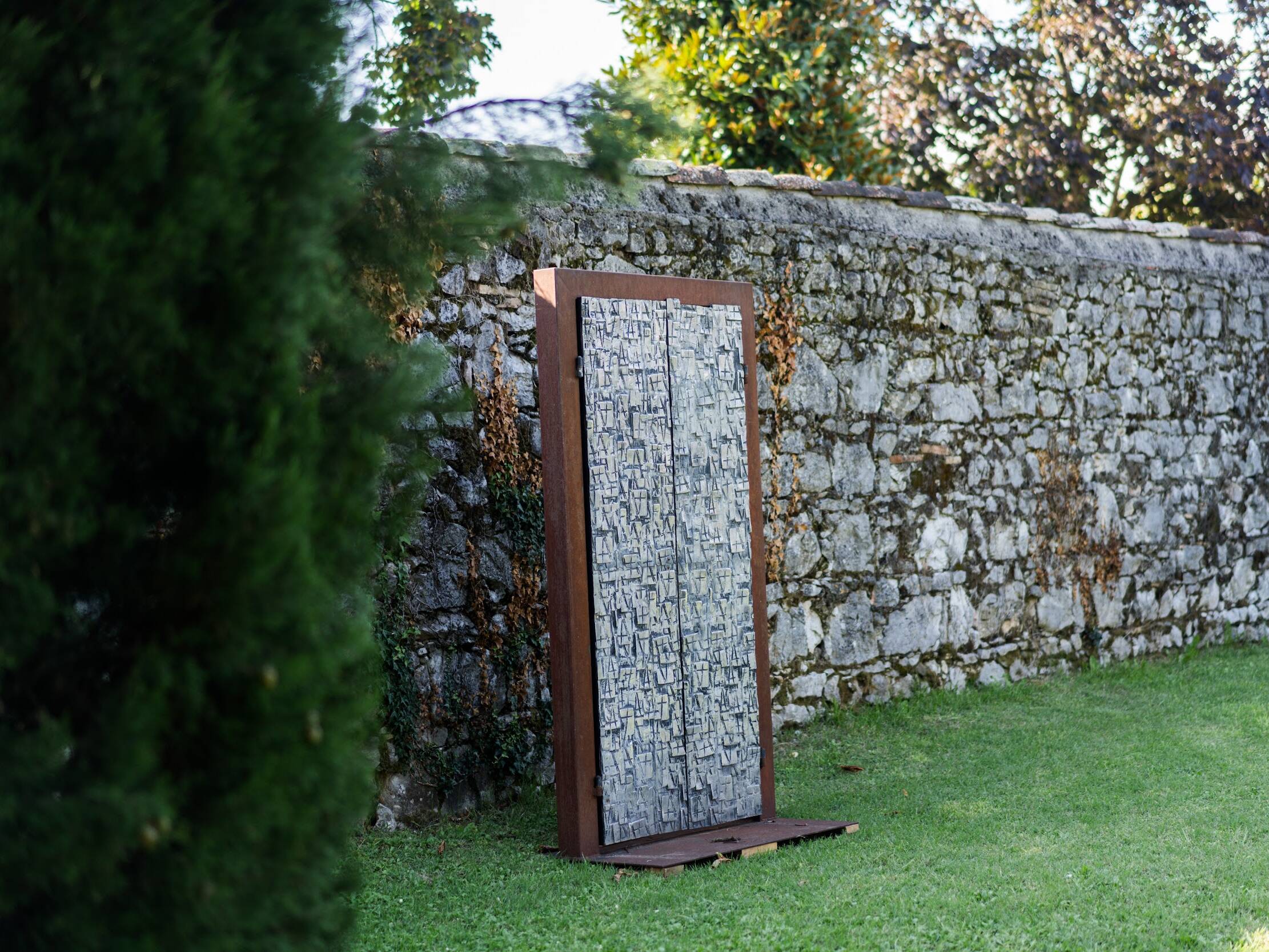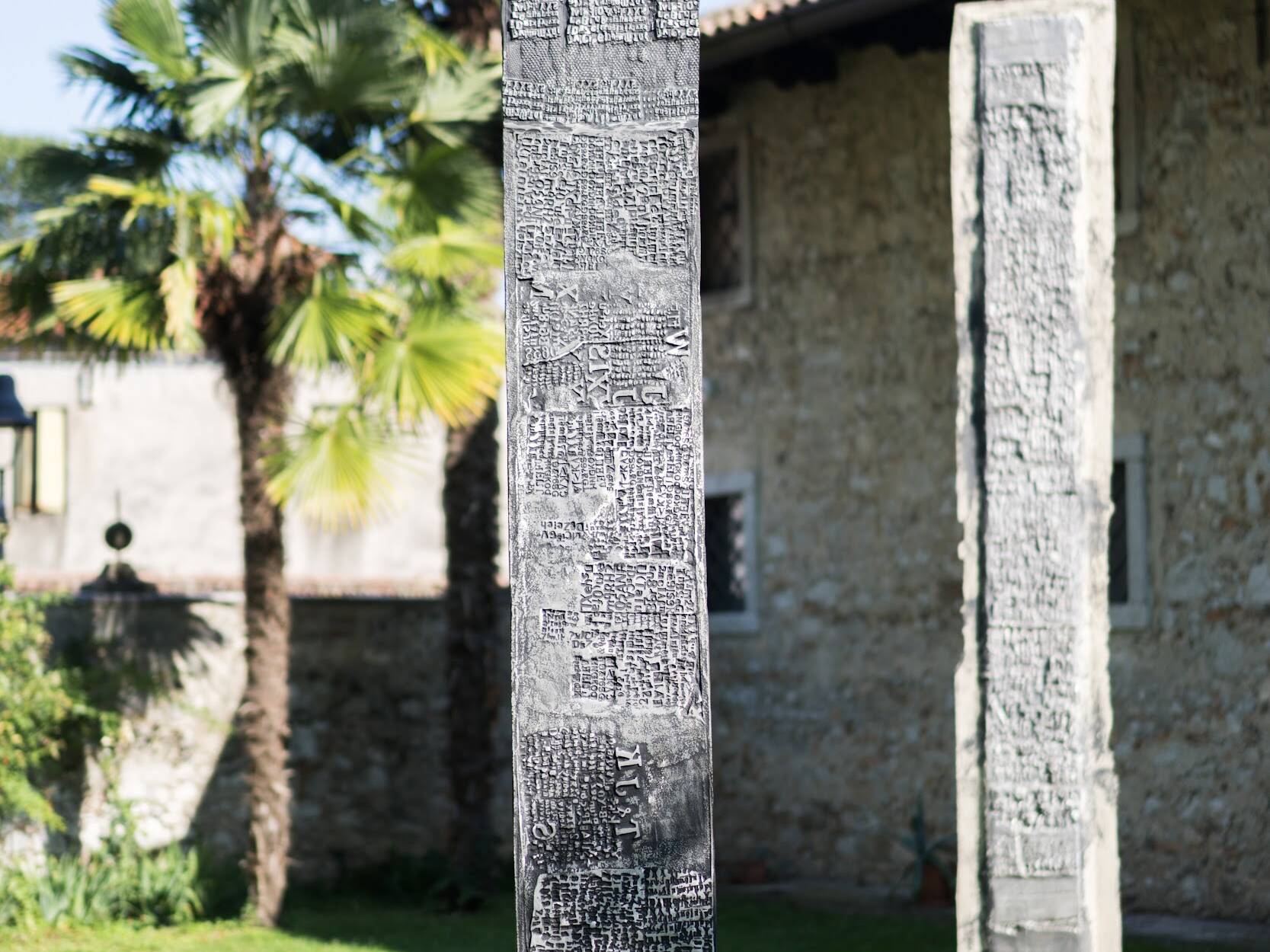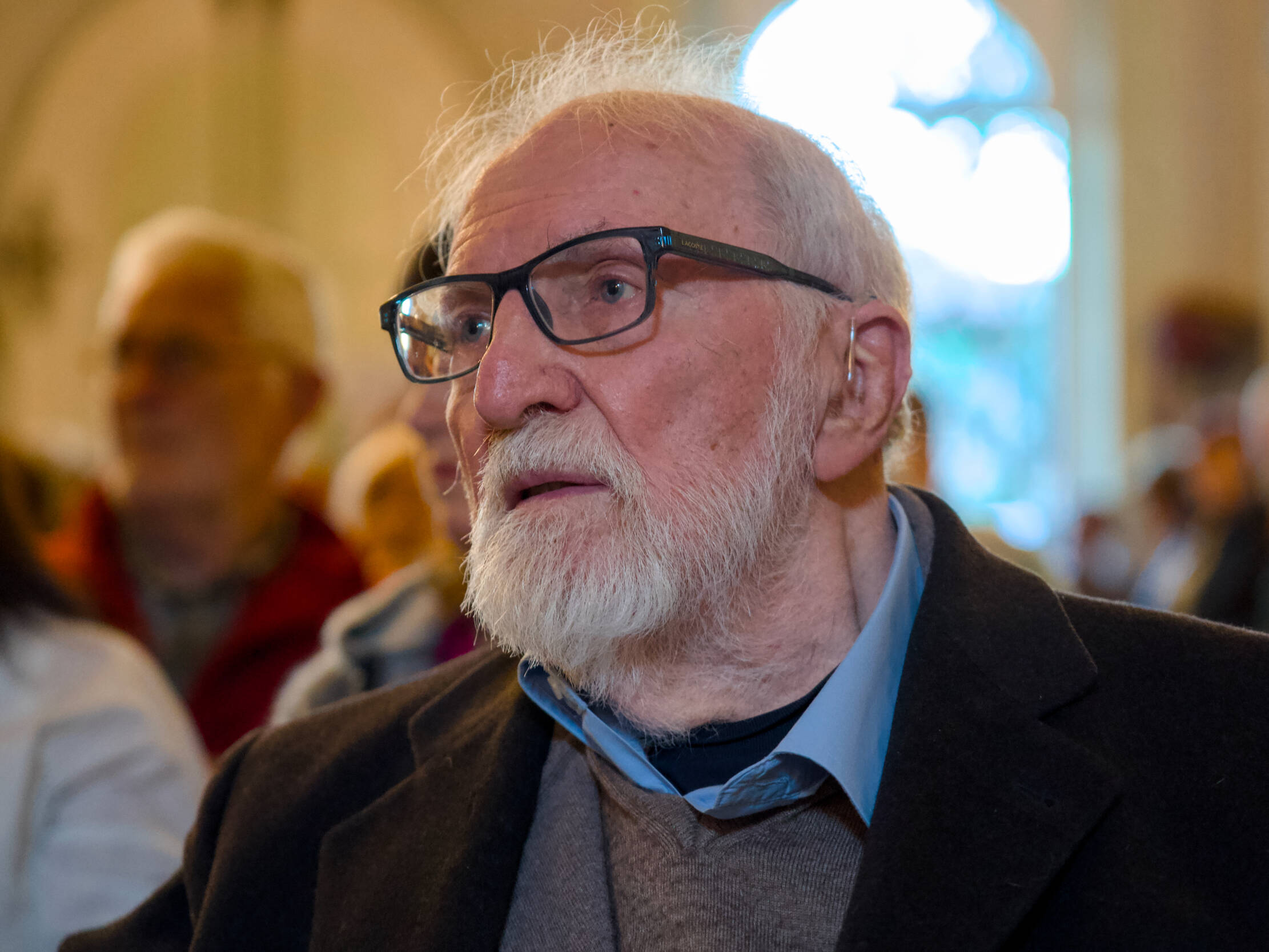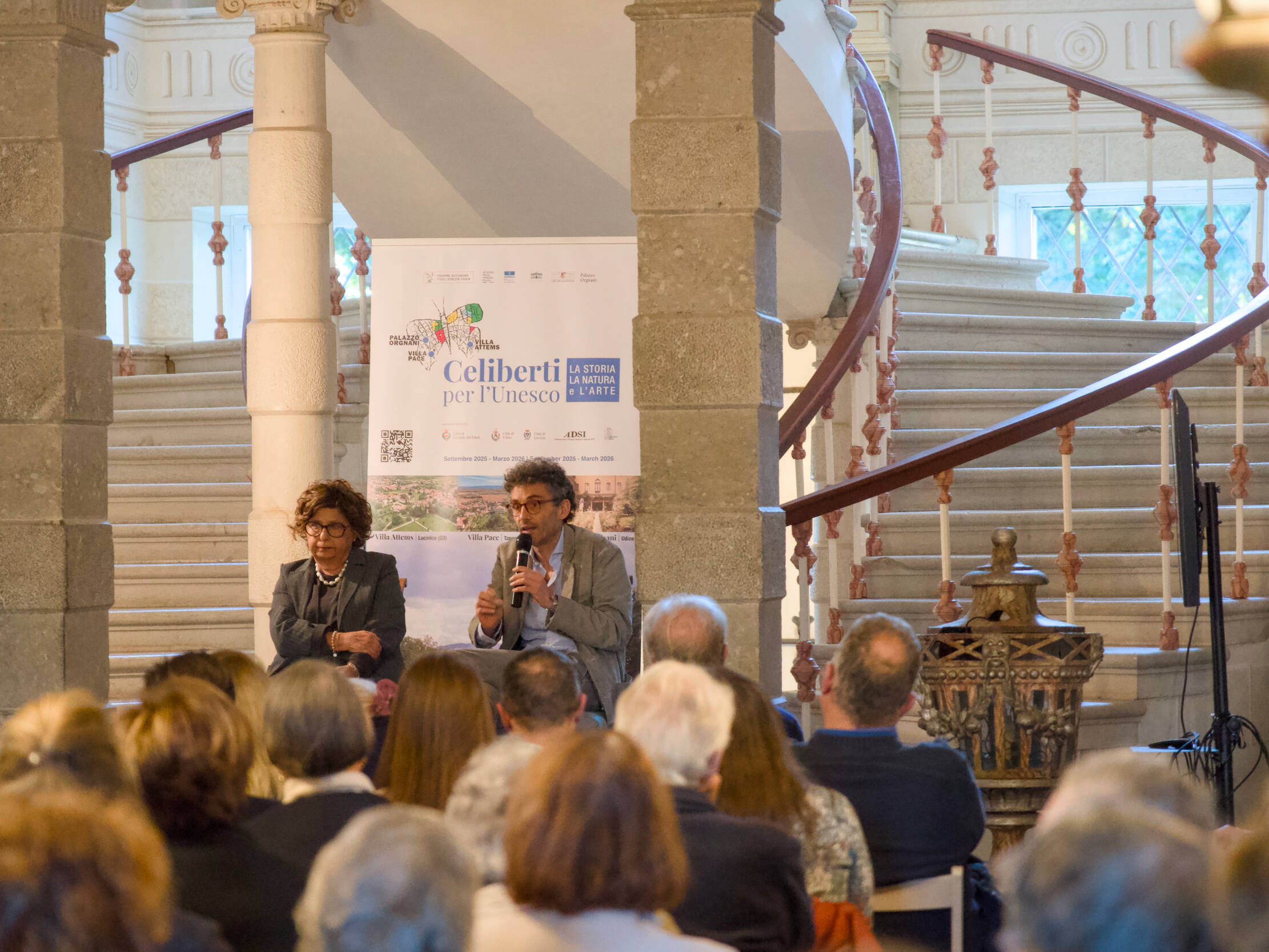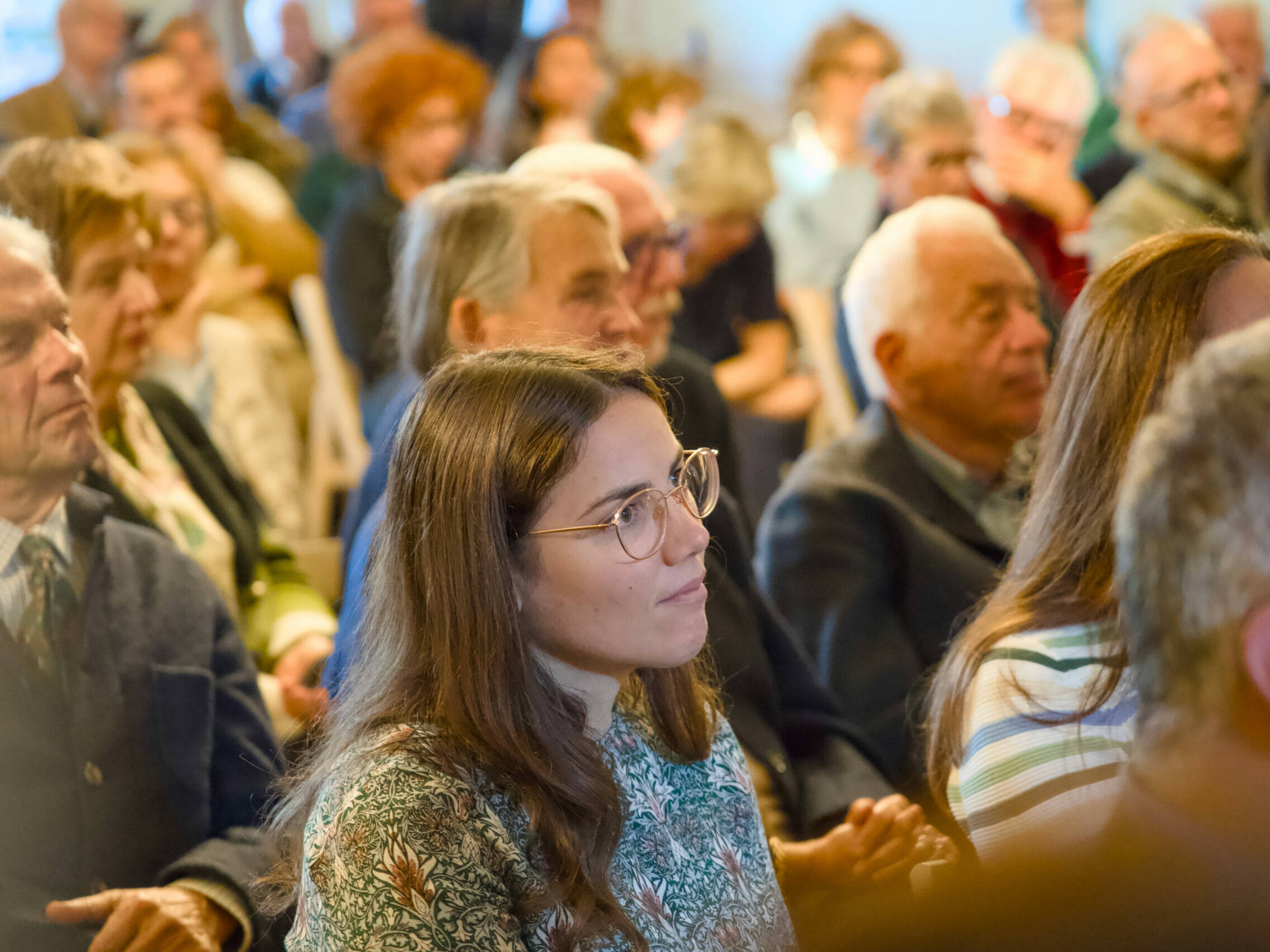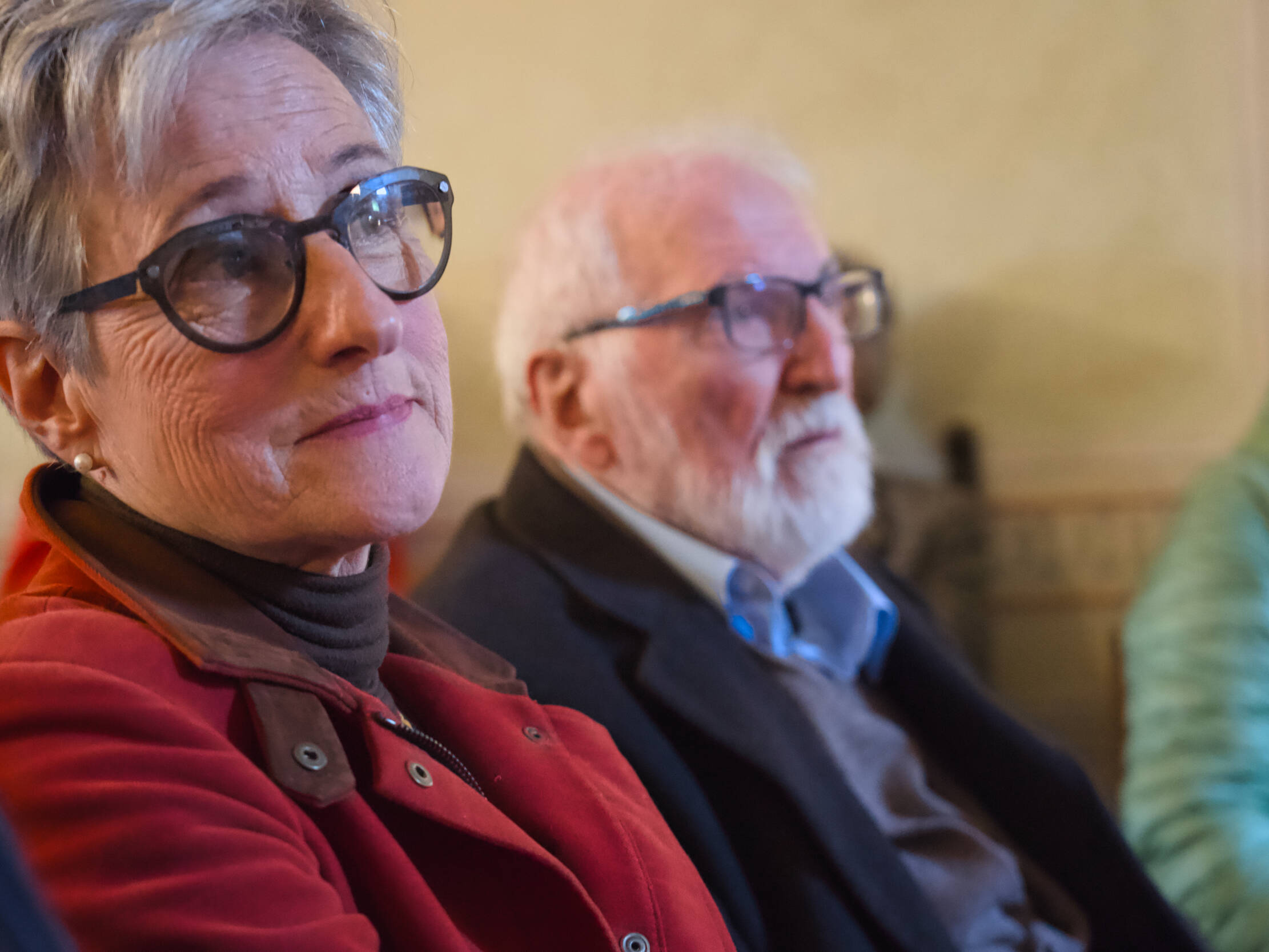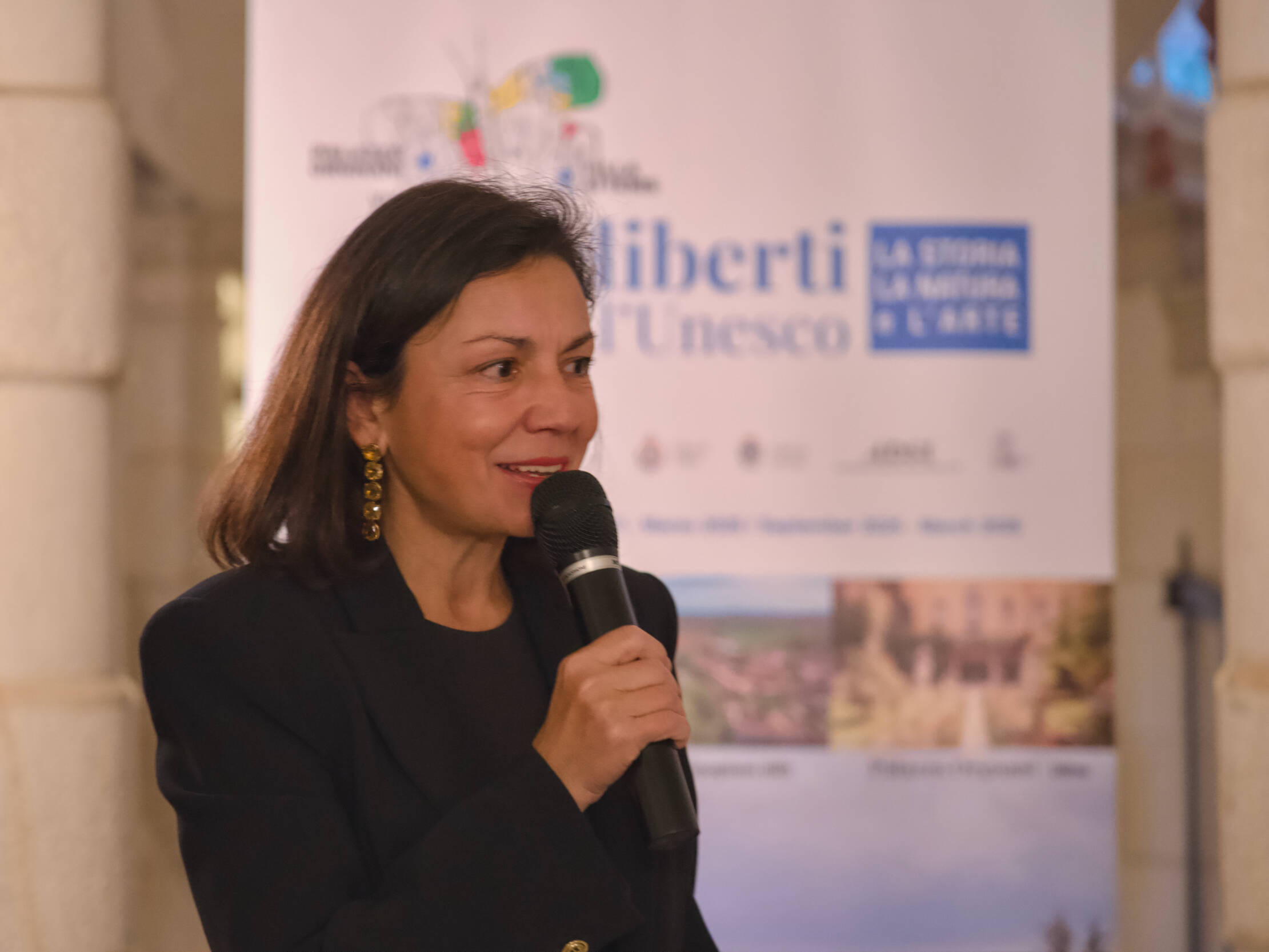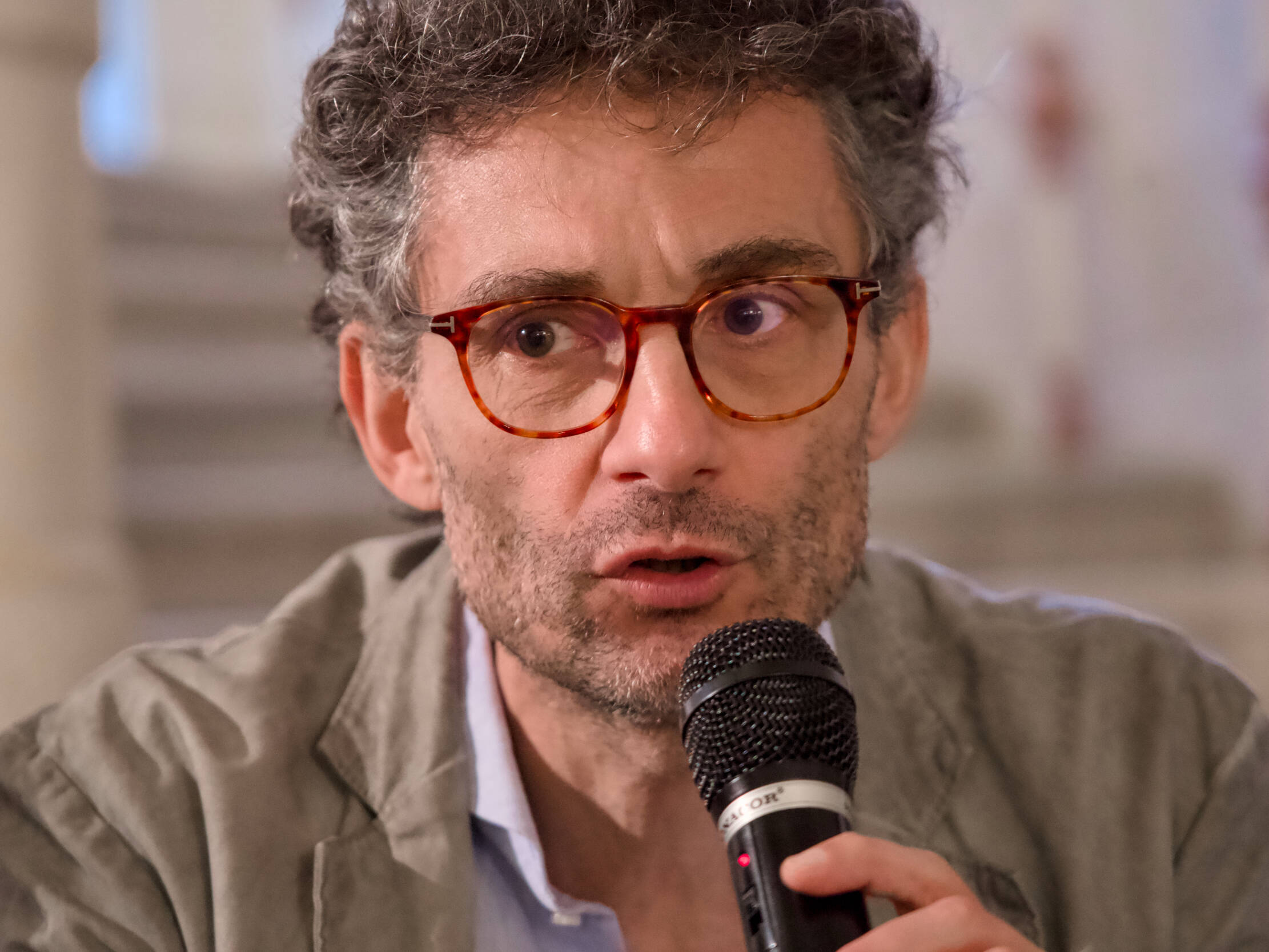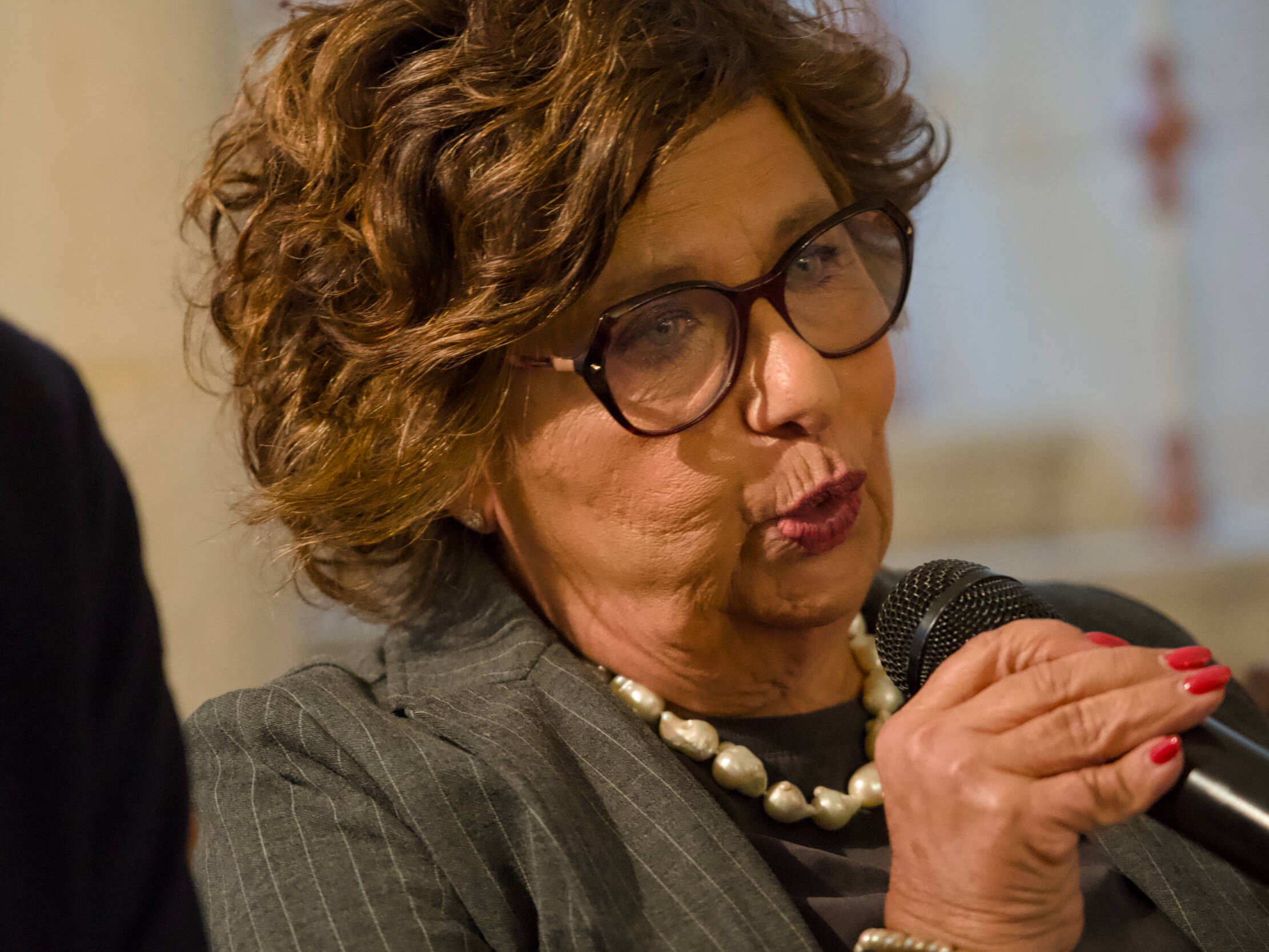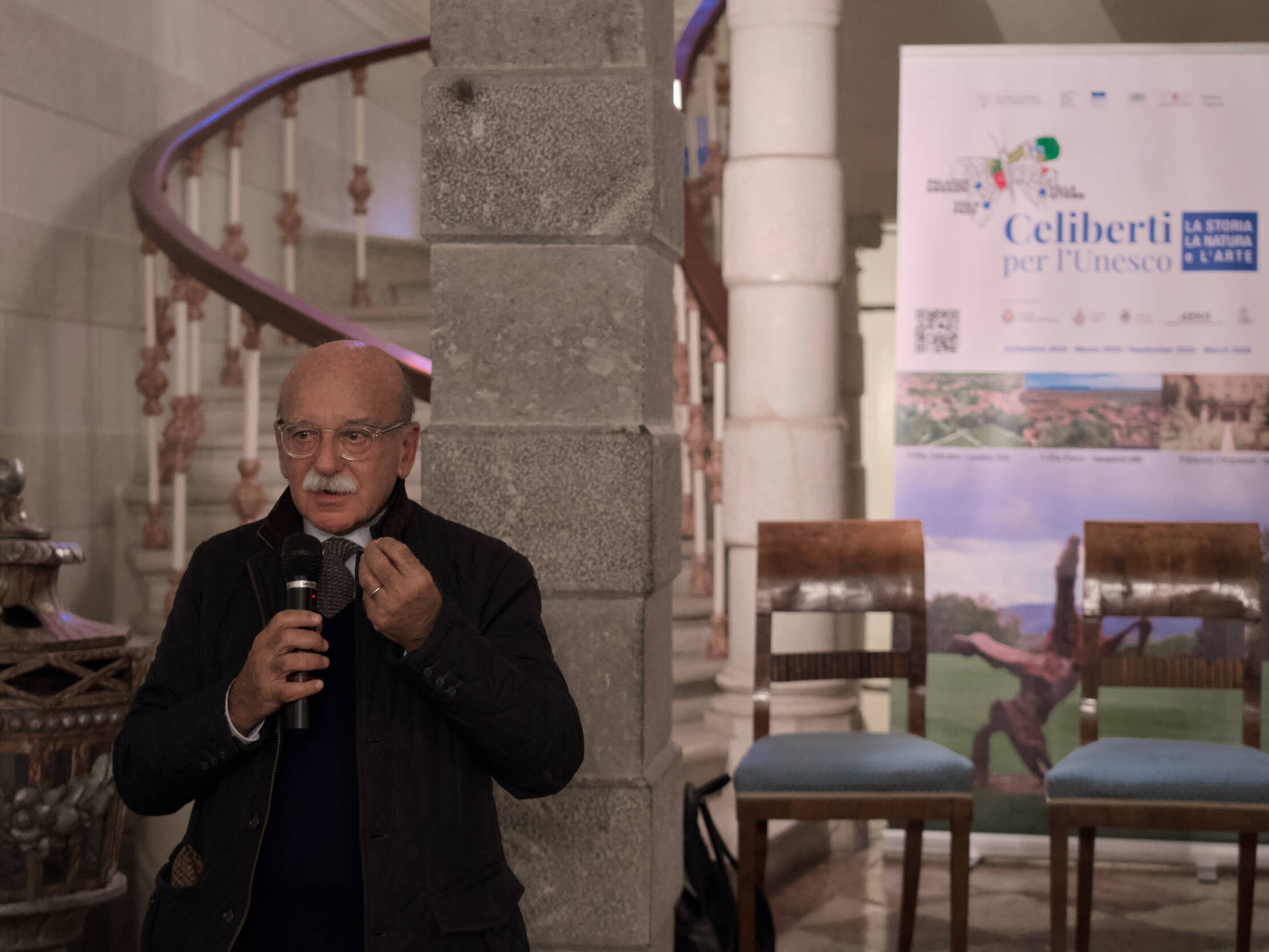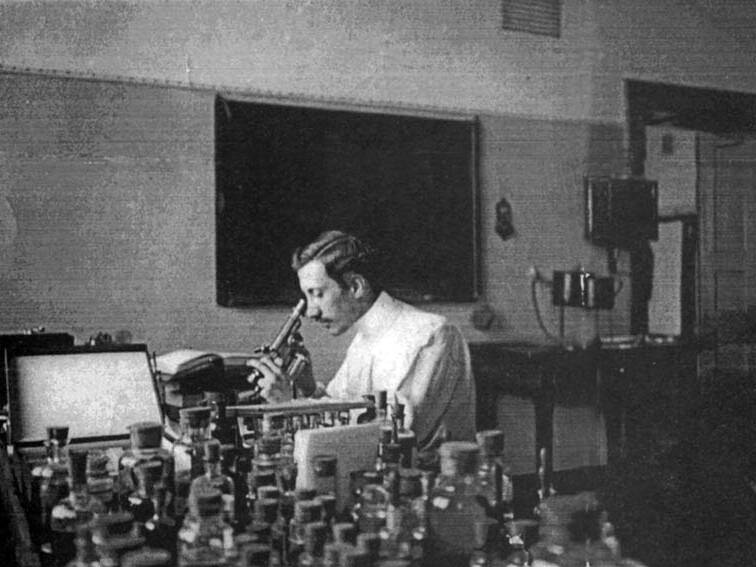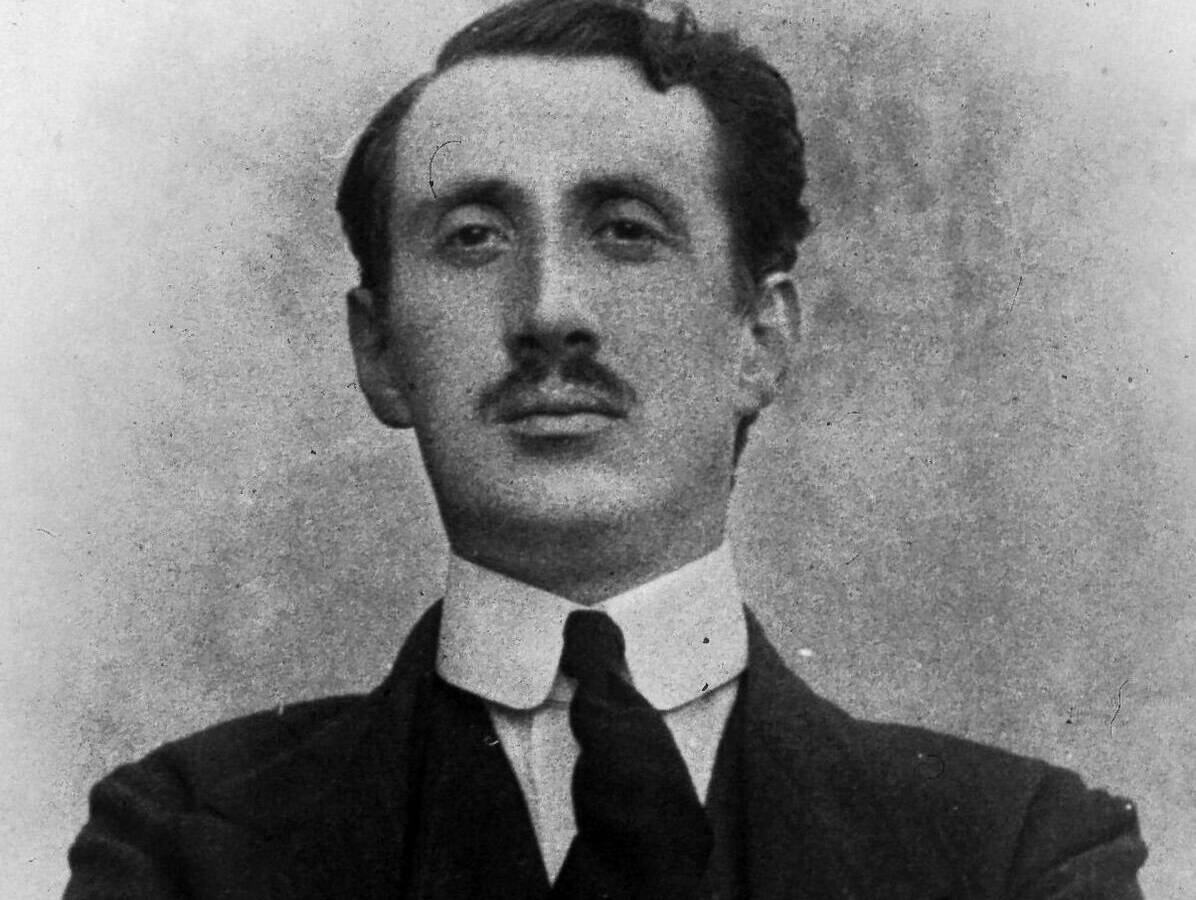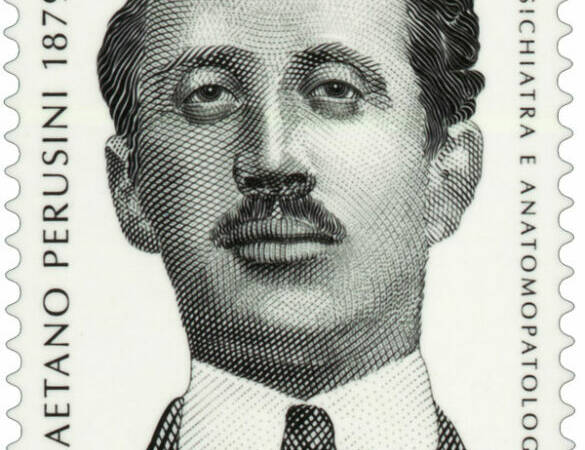The project
Celiberti for UNESCO – History, Nature and Art is a project that aims to transform some of the area’s important historic residences into living spaces of culture and inclusion. From September 2025 until March 2026, Villa Pace in Tapogliano, Villa Attems in Lucinico, and Palazzo Orgnani in Udine, Italy, will become the scene of a journey that interweaves contemporary art, historical heritage, nature, and social engagement.
At the center of the project are sculptures by Friulian artist Giorgio Celiberti (Udine, 1929), a leading figure in contemporary art trained in the Venetian studio of Emilio Vedova. His works, which celebrate the primordial relationship between man and nature through the manipulation of matter and the juxtaposition of primitive signs and elements, now inhabit the historic gardens of the three mansions, establishing an unprecedented dialogue between artistic language and landscape.
The Saving Yourself with Green conference
On October 5, 2025, Villa Pace hosted the conference Saving Yourself with Green, featuring landscape architect Andrea Mati. Belonging to a historic family of nurserymen, Andrea Mati has been involved for forty years in designing gardens with specific therapeutic functions, bringing nature closer to people who are suffering, in close collaboration with doctors, psychologists, geriatricians and psychiatrists. By caring for greenery, a person in distress heals himself, because he recovers that dose of attention, self-confidence and planning that he has lost and that is indispensable for him to flourish again in life. Gardens designed in this way prove to be of great help in treating Down syndrome, autism, depression, Alzheimer’s, and all addictions. The summa of Andrea Mati’s philosophy of life is told in his book Saving yourself with green. The green square meter revolution. (Giunti Editore).Through four seasons of plants and people saving each other, Mati helps discover the unseen poetry of nature’s language that unites humans and plants.
Speaking alongside architect Mati were Dr. Iacopo Cancelli – a neurologist at Udine Hospital – who offered a clinical look at how contact with greenery positively affects neurological and cognitive health, and Dr. Susanna Cardinale – president of the Alzheimer’s Association of Udine – who recounted the impact of the disease in our region and the activities the association promotes every day to support sufferers and families.
The scientific memory of Gaetano Perusini
But there is another reason, deeply rooted in the history of Villa Pace, that makes this project so significant: the connection with the figure of Friulian physician Gaetano Perusini (1879-1915), who in the psychiatric clinic in Munich collaborated with Alois Alzheimer on the definition of the disease that today bears the name of the German scientist alone.
Born in Udine on February 24, 1879, to parents of noble origins, Perusini was orphaned by his father at the age of six. Thanks to his mother, who spurred him on in his studies, he enrolled in the Faculty of Medicine at the University of Pisa, completing his training in Rome. With his skills and dedication, he graduated at only twenty-two years old, and from that time on he began to devote most of his time to his greatest passion: psychiatry.
He attended the most renowned European institutes, including the neuropathological laboratory in Munich, in the psychiatric clinic directed by the renowned Emil Kraepelin, a figure who had also been instrumental in Alois Alzheimer’s life.
The turning point in his career came in November 1906, when Alois Alzheimer presented a case of early dementia that had affected a fifty-one-year-old woman at a conference of the Society of Psychiatry in Tübingen. The presentation of the case, however, was not very successful.
Alzheimer’s, convinced that he was dealing with a rare brain disorder, decided to entrust the case specifically to Gaetano Perusini. The young physician put a great deal of effort into his research and, in addition to reviewing all aspects of that specific case, identified three others. To substantiate his thesis, he produced a lengthy treatise, correlated with hand-rendered plates and drawings.
His discoveries were fundamental to the course of science. Among Perusini’s acknowledged merits was the insight that he had identified a sticky substance that surrounds neurons, preventing their normal functioning-a discovery some eighty years in advance, considering that the beta-amyloid protein was not discovered until 1984.
Back in Italy, although his fame spread throughout Europe thanks to his discoveries, he could not easily find a professional position. At the outbreak of World War I, he felt the need to help his country and enlisted as a volunteer, without declaring his qualifications. Discovering that he was a professor of medicine, he was placed in the dressing center. Unfortunately, he was hit by shrapnel while aiding the wounded and died on December 8, 1915, at the age of only thirty-six. In the same year Alois Alzheimer also passed away.
Despite his untimely death, Perusini’s contribution to the study of neurodegenerative dementias was fundamental. The Perusini family carries with it this scientific memory of extraordinary relevance. It is no coincidence that the project was inaugurated in September, World Alzheimer’s Month, emphasizing a disease that represents an increasingly pressing health and social challenge.


